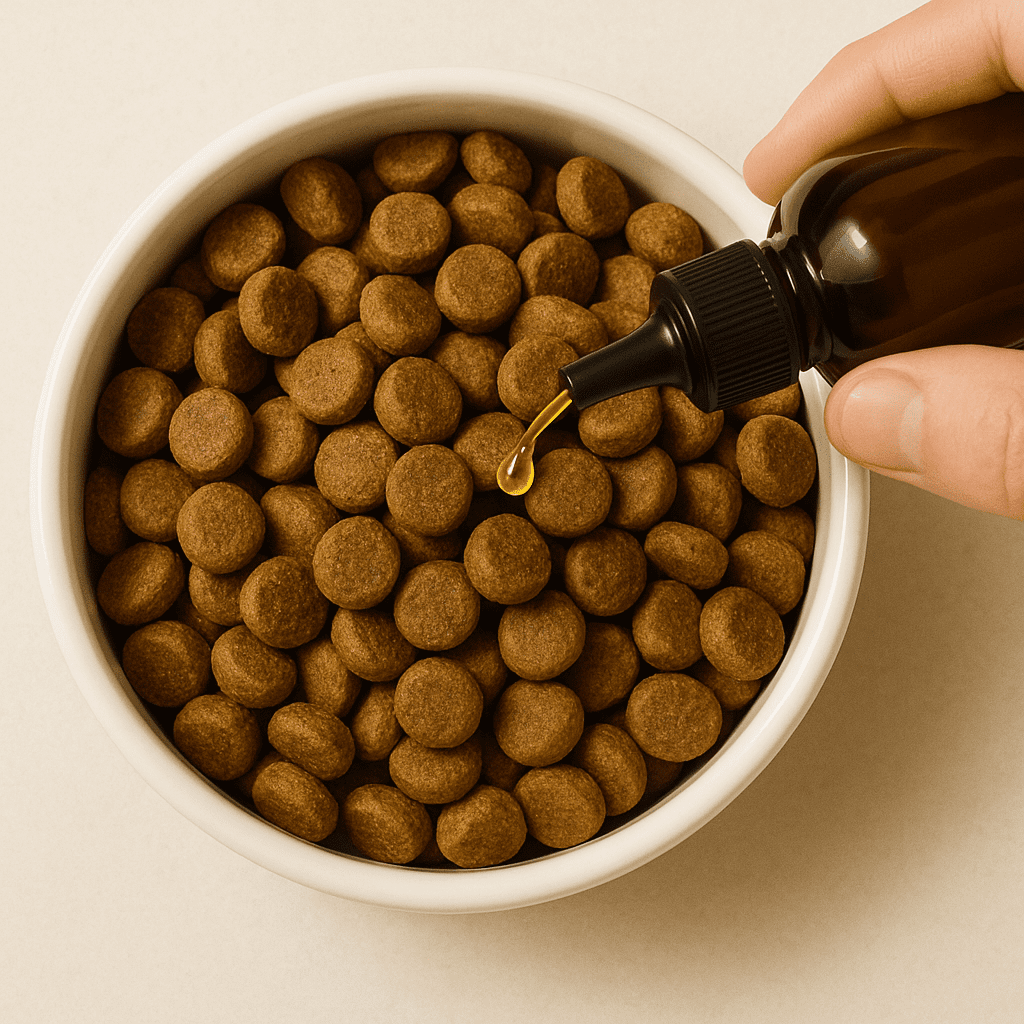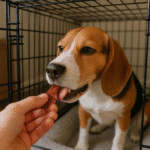Dog Joint Health: A Proactive Guide to Preventing and Managing Arthritis
Your once-bouncy puppy who could leap for a frisbee for hours now seems to hesitate before jumping onto the couch. Your “petty pup,” who used to throw a fit of dramatic sighs when a walk ended, now seems content to cut it short. It’s easy to dismiss these changes as simple signs of aging—a natural “slowing down.” But often, these subtle shifts are the first whispers of a widespread and serious wellness challenge: joint pain and arthritis.
Protecting your dog’s mobility is one of the most important things you can do for their quality of life. Strong, healthy joints allow them to run, play, and live without pain. This comprehensive guide to dog joint health is designed to be your proactive resource. We’ll help you spot the early warning signs of arthritis and provide a five-pillar plan to help you prevent, manage, and support your dog’s joints at every stage of life. Because keeping them comfortable is a cornerstone of true dog wellness.
What’s Happening in Their Joints? A Simple Look at Arthritis
In a healthy joint, the ends of the bones are covered by a smooth, slick layer of cartilage, which acts like a cushion, and are lubricated by joint fluid. This allows the bones to glide smoothly against each other. Arthritis (specifically osteoarthritis) occurs when this protective cartilage begins to wear down over time. Without that cushion, the bones can start to rub against each other, leading to inflammation, stiffness, and significant pain.
Is My Dog at Risk? Common Factors for Joint Issues
While any dog can develop joint problems, some are at a higher risk:
- Age: Just like in humans, the wear and tear over a lifetime makes senior dogs the most common candidates for arthritis.
- Breed: Large and giant breeds (like German Shepherds, Labradors, Great Danes) are genetically predisposed to joint issues like hip dysplasia due to their size and rapid growth.
- Weight: This is the single most significant manageable factor. Excess weight puts immense, constant stress on joints, accelerating the breakdown of cartilage.
- Injury History: A past injury, like a torn ligament or a fracture involving a joint, can lead to arthritis later in life.
The Silent Signs: How to Spot Joint Pain Early
Dogs are masters at hiding pain—it’s a survival instinct. You need to be a careful observer to catch the early signs of discomfort. Look for:
- Reluctance to Move: Hesitation before jumping into the car, onto the bed, or climbing stairs is often the first sign.
- “Slowing Down” on Walks: Lagging behind, wanting to end walks early, or being less enthusiastic about going out.
- Stiffness or Difficulty Rising: Noticeable stiffness, especially after waking up from a nap. They may take a few “warm-up” steps before moving normally.
- Limping or Favoring a Limb: A subtle or obvious limp that may be worse after exercise.
- Excessive Licking: A dog may constantly lick or chew at a joint that is sore.
- Changes in Mood: Irritability, grumpiness, or reluctance to be petted can be a sign of chronic pain.
The 5 Pillars of Proactive Dog Joint Care
Whether you have a high-risk puppy or a senior dog already showing signs of stiffness, these five strategies are key to managing their joint health.
1. Weight Management: The #1 Priority
Keeping your dog at a lean, healthy weight is the most impactful thing you can do for their joints. Less weight means less stress on the cartilage every single day. Work with your vet to determine your dog’s ideal body condition and feed them a high-quality, portion-controlled diet. Even losing a few pounds can make a world of difference in their comfort and mobility.
2. The Right Kind of Exercise
Exercise is crucial for keeping joints mobile and supporting muscles strong, but it has to be the right kind. Avoid high-impact activities like intense games of fetch, jumping, or long-distance running on hard pavement, which can jar the joints. Instead, focus on:
3. Joint Supplements: Supporting from the Inside Out
The world of dog joint supplements can be confusing, but many have been shown to help support cartilage and reduce inflammation. Always talk to your vet before starting any new supplement. Key ingredients to look for include:
4. Home Comforts and Modifications
Small changes at home can provide big relief.
5. Veterinary Care and Professional Help
Your veterinarian is your most important partner. Regular check-ups can catch problems early. If your dog is in pain, your vet can prescribe safe, dog-specific pain relief like non-steroidal anti-inflammatory drugs (NSAIDs). Never give your dog human pain medication, which can be toxic. They can also recommend advanced therapies like acupuncture, physical therapy, or laser therapy, which can be highly effective for pain management.
Conclusion: A Commitment to Comfortable Movement
Supporting your dog’s joint health is a lifelong commitment that pays off in years of happy, comfortable companionship. By being a proactive and observant owner, you can catch issues early and implement strategies that make a real difference. Keeping their joints healthy ensures that your dog can continue to enjoy their walks, their playtime, and their life by your side with comfort and joy for as long as possible.






